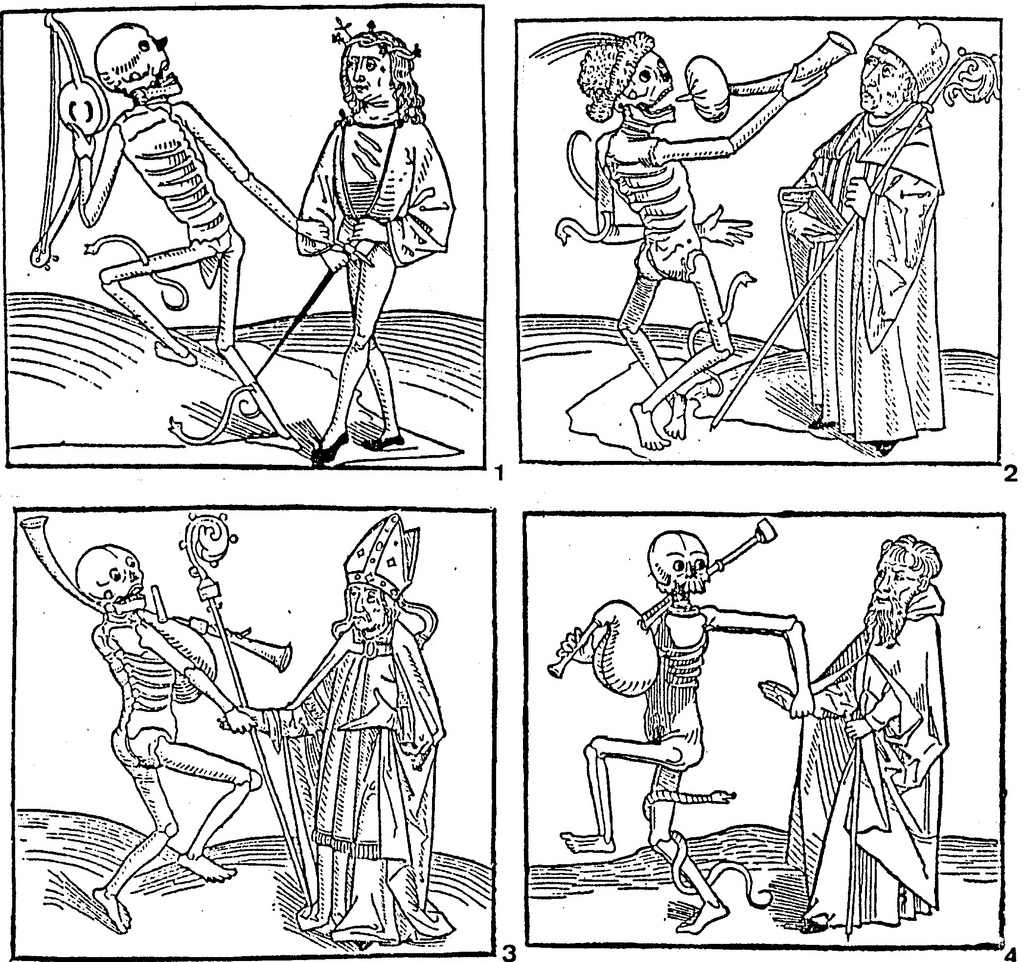One of the US Army's least known but most distinguished units was active during the Indian Wars on the Texas frontier. The unit was made up of "black Indians", descendants of slaves who had fled from Southern plantations to Florida, where they had settled among the Seminole tribe. The Seminoles themselves were mostly descended from Muskogee or Lower Creek Indians from present-day Georgia and Alabama, who moved into areas of Florida depopulated by disease and colonial warfare between Britain, Spain and their Indian allies.The name "Seminole" came from the Spanish word "cimarron" which meant "untamed" or "runaway." The name "maroon", used to describe the Black Seminoles and other groups former slaves who set up communities in remote areas, also derived from the word "cimarron."
The fugitive slaves lived in their own settlements (often with African names) alongside the Indians (to whom they paid tribute in food and military service). They adopted many Seminole customs and even intermarried with them, just like maroon communities in
South America and the
Caribbean who formed close relationships with Indian tribes.
After the War of 1812, when both Seminole Indians and Black Seminoles sided with the British against the Americans, slave-holding Southerners were threatened by a haven for runaway slaves over the border in Florida. This led to Andrew Jackson's invasion of Florida (the First Seminole War), after which Florida was annexed to the United States.
 |
| John Horse, chief of the Black Seminoles. |
During the Second Seminole War (1835-42), the Black Seminoles, led by headmen such as Abraham, John Caesar, and most famously John Horse or "Gopher John", supported Osceola against the US Army, fiercely resisting removal to Indian Territory and possible re-enslavement. The Black Seminoles, allied with chiefs like Osceola and John Horse's friend Micanopy, were among the fiercest and most die-hard guerrilla fighters of the war.
After his capture in 1838 John Horse agreed to move west to Indian Territory along with Micanopy and other Black and Indian Seminoles. Once there, the Black Seminoles had little protection from enslavement by white Southerners and slave-owning Creek and Cherokee Indians.
After the Army ordered the Black Seminoles to give up their weapons,John Horse, along with some traditionalist Seminoles and Kickapoo Indians who wanted to be free of US government interference, led the Black Seminoles across the Rio Grande into Mexico, where slavery was illegal.
There the Black Seminoles were known as "los mascogos" (Muskogees), and they served the Mexican government as frontier fighters, battling the Apaches and Comanches whose mounted raiding parties
terrorized the borderlands. During the turbulent 1860s, the Black Seminoles became divided, with three enclaves under different leaders at Parras, Nacimiento and Matamoros.
In the wake of the Civil War, Texas was plagued by Comanche and Kiowa raids, and US Army officers looked far and wide for help. No longer in fear of slavery, in 1870 a group of ten Black Seminoles from their settlement at Nacimiento Mexico followed their leader John Kibbetts into the US Army, where they became known as the Seminole Negro Indian Scouts. They were stationed at Fort Duncan near Eagle Pass, Texas. In the next five years, 200 other Black Seminoles from other settlement in Mexico arrived (including John Horse) and the unit, which included nearly all adult Black Seminole men, would be stationed at Fort Clark, near Brackettville, Texas.
 |
| The odyssey of the Black Seminoles: from the slaveholding south to the Wild West. Notice the settlements in Mexico. |
| . |
In the 1870s and 1880s, Seminole scouts distinguished themselves in battle against the Kiowa, Comanche and other tribes along the Texas frontier. Four Medals of Honor were won by Seminole scouts, often fighting with cavalry units under command of famed Indian fighter
Col. Ranald S. Mackenzie. The first Medal of Honor recipient from the unit was Adam Paine, who saved three Seminole and two Tonkawa Indian scouts from an attacking force of forty Kiowa Indians on September 19, 1874 during an action on the Llano Estacado. Three others- Isaac Payne, Pompey Factor, and John Ward, would be decorated for their actions at the battle of Eagle's Nest in the Pecos Valley, where they saved their white commanding officer
Lt. John Bullis from a Comanche raiding party on April 25, 1875.
 |
| Seminole Negro Indian Scouts in Texas. | | | |
|
|
|
 |
| Pvt Pompey Factor later in life. |
The unit was disbanded in 1912, long after the Indian Wars had ended. Descendants of the Black Seminoles live in Brackettville today, along with smaller contingents in Oklahoma and Nacimiento, Mexico.
References:
Black Seminoles (Wikipedia entry)
Black Seminole Scouts (Wikipedia)
Rebellion: John Horse and the Black Seminoles







